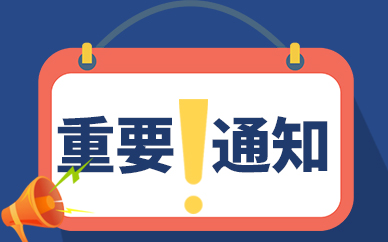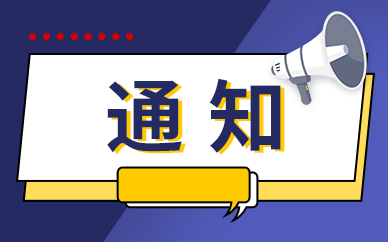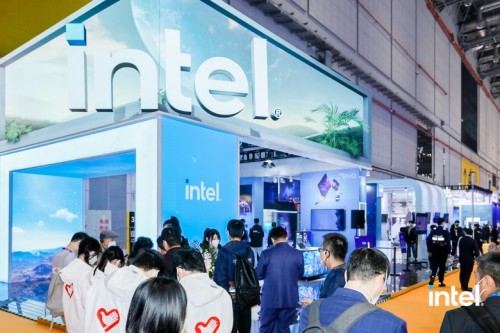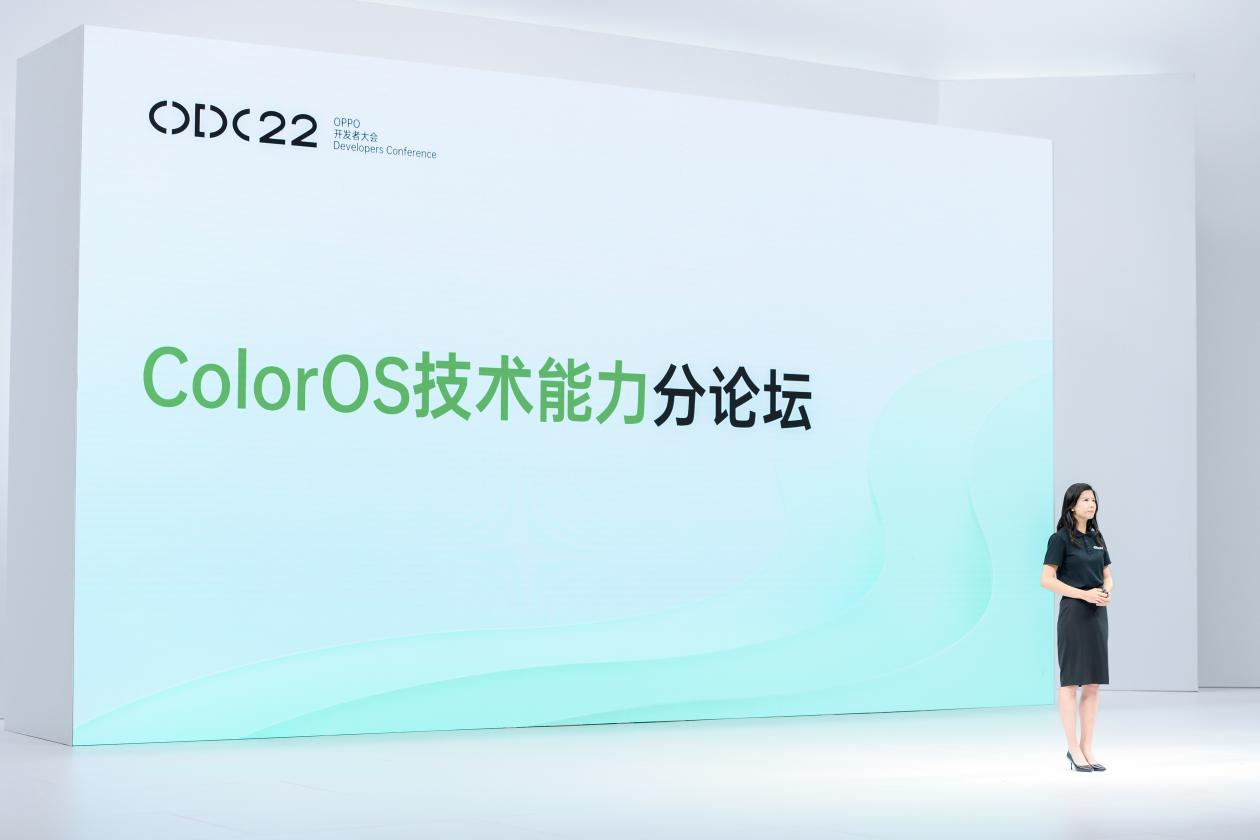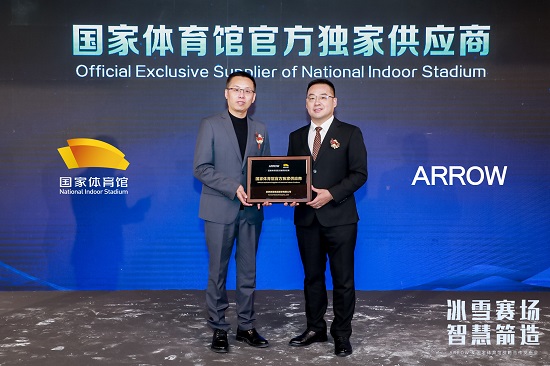 【资料图】
【资料图】
BEIJING, April 28 (TMTPOST)— Cambricon Technologies Corp., a leading artificial intelligence (AI) chip developer in China, for the first time narrowed quarterly losses since listing in 2020, highlighting the soaring demand for AI.
Source: Visual China
Cambricon cut its net loss to RMB255 million, decreasing 11.26% from quarterly loss of RMB287 million in the first three months of 2022, and the diluted loss per share was cut by 11.11% to RMB0.64, from the loss of RMB0.72 a year ago according to a filling on Friday. This is a staggering loss narrow compared with the previous year. A separate report that day showed Cambricon posted annual net loss of RMB1.257 billion, wider 52% from the year 2021, and the diluted loss per share logged at RMB3.14%, up from the annual loss of RMB2.06 in 2021.
The revenue in the first quarter this year grew 19.52% year-over-year (YoY) to RMB752.88 billion, much stronger than the yearly increase of 1.11% last year.
Cambricon hasn’t turned around since establishment in 2016. Its loss topped RMB4.1 billion in the recent six years, and the net loss last year accounted from over 44% of the total loss of more than RMB2.8 billion between 2017 and 2021. At the recent annual report, the company explained that the cumulative loss mainly resulted from compensation of talent in the semiconductor industry. The annual salaries expense increased more than RMB 200 million from 2021, or a YoY increase of 25%, and Research and Development (R&D) investment continued to grow faster than the revenue last year. As of the end of the year, the R&D personnel remained more than 1,200 people, or over 79% of workforce, just shy of the 81% at the end of 2021. The average annual salary of R&D personnel stood at RMB723,800, much more than that of RMB608,800 in 2021.
Cambricon flagged potential risks including customer concentration. From 2020 to 2022, sales generated by its top five customers accounted for 82.11%, 88.60% and 84.94% of annual revenue, respectively. It also faced increased uncertainty of supply chain due to the Biden Administration’s further curbs. The Bureau of Industry and Security (BIS) of U.S. Commerce Department added Cambricon and other 35 Chinese companies to the Entity List, aiming to restrict China’s ability to leverage AI, advanced computing and other powerful available technologies. The U.S. government’s backlisting in last December has so far posed limited impact on our R&D and will not have a significant adverse effect on our operating performance as all of core technologies are developed by ourselves and the relevant intellectual property rights are protected by law, Cambricon said.
Hong Kong-listed shares of Cambricon jumped 8.1% following the earnings on Friday, gaining more than 357% this year, while the Hang Seng Index edged up around 0.6% to the date. The shares surge reflected investor’s frenzy ignited by ChatGPT, the most popular AI-powered chatbot since the end of last year. Chinese big tech rushed to show their answers to catch up in AI race.
Baidu officially launched Ernie Bot on March 16, a day after OpenAI released the multimodal pre-training large model GPT-4. Tencent is developing ChatGPT-like bot, which would integrate into its popular social media QQ and WeChat as well as Tencent Cloud, said Tang Daosheng, the CEO of the Cloud and Smart Industries Group (CSIG) in late March. Earlier this month, SenseTime, the leading AI software company in China,rolled out a range of AI-powered tools, including the ChatGPT-like SenseChat. A day after SenseTime’s launch, Alibaba announced to integrate its own LLM Tongyi Qianwen into all the company’s offerings. Alibaba Cloud announced on Friday to experiment with providing the access of Tongyi Qianwen to industrial robots.
关键词:


















